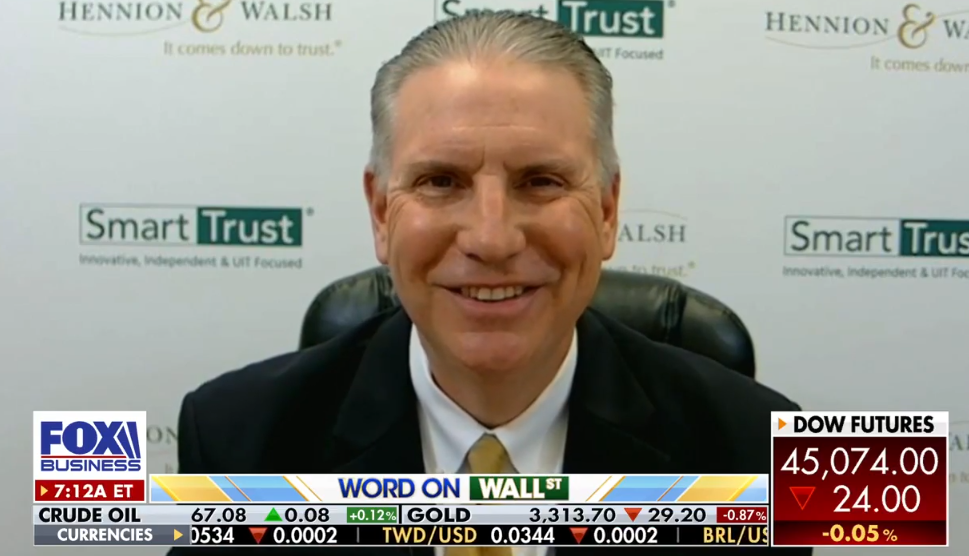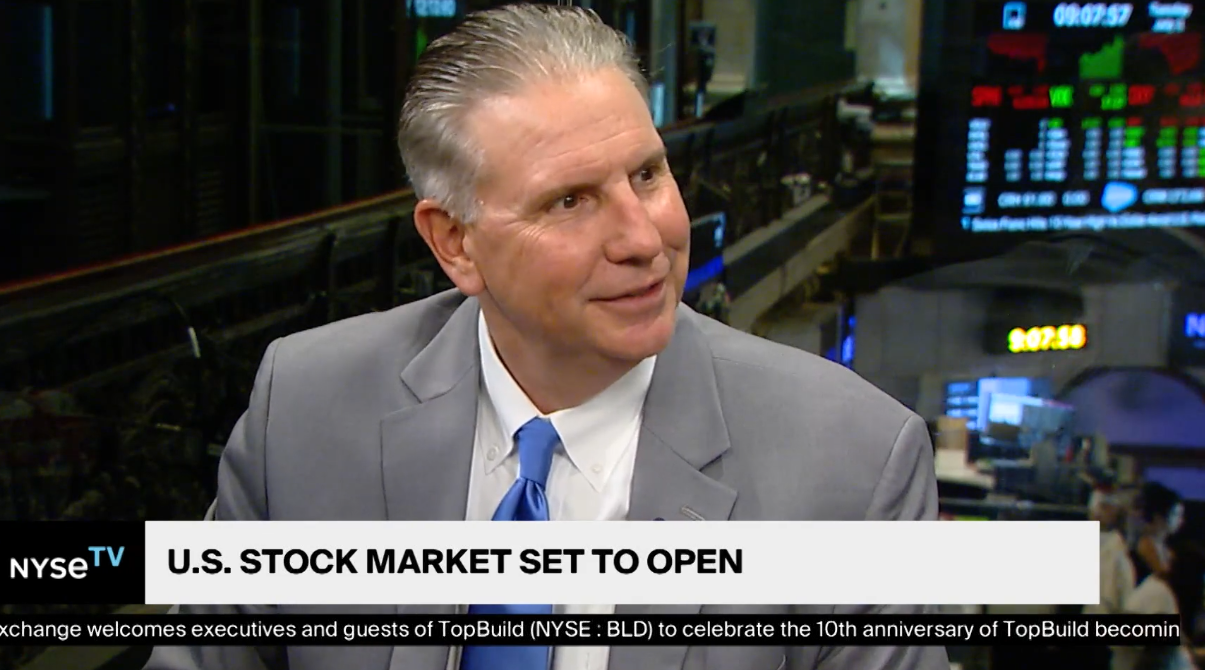
U.S. Stock and Oil Prices Stick Together BUT Decouple from China
Market Overview

Sources: Equity Market, Fixed Income and REIT returns from JP Morgan as of 02/26/16. Rates and Economic Calendar Data from Bloomberg as of 02/26/16.
Happening Now
U.S. equity markets capped off a second consecutive week of gains, inching closer to their end of 2015 levels on the back of a decoupling between U.S. stock and oil prices from the Chinese stock market. This decoupling could mark a significant shift in market sentiment and we are anxious to see if U.S. stock prices will eventually decouple from oil prices in the future as well. Last week the S&P 500 Index gained 1.6% and WTI Oil gained 10.6%, while the CSI 300 Index (measuring the performance of China’s mainland stock exchange) fell 3.4%. The S&P 500 Index is now down 4.3% for 2016, 6.5% higher than the nearly two year low of 1829 reached on February 11, 2016 – a level not seen since April 11, 2014.
In terms of the different market capitalizations, last week’s returns were fairly well balanced with both Small and Mid-cap U.S. stocks gaining approximately 2.7% each. When looking at year-to-date returns, however, the divergence in performance across Large, Mid and Small cap stocks is clearly defined. Mid- cap stocks, as measured by the Russell Mid Cap Index, finished last week down 5% for the year while Small cap stocks, as measured by Russell 2000 Index, were down 8.5%, nearly twice as much as the larger cap stock returns referenced above.
Earnings season is all but completed with 96% of S&P 500 components having reported 4Q earnings, but a busy week of economic data awaits investors as the monthly employment situation is set for release on Friday. This report will help market participants weigh the prospects of additional interest rate hikes by the Federal Reserve this year as the unemployment rate currently sits at 4.9% – in line with the FOMC’s longer run projections. How will the unprecedented confluence of low economic growth and the potential for additional hikes in the Federal Reserve’s target federal funds rate impact your portfolio?
Important Information and Disclaimers
Disclosures: Hennion & Walsh is the sponsor of SmartTrust® Unit Investment Trusts (UITs). For more information on SmartTrust® UITs, please visit www.smarttrustuit.com. The overview above is for informational purposes and is not an offer to sell or a solicitation of an offer to buy any SmartTrust® UITs. Investors should consider the Trust’s investment objective, risks, charges and expenses carefully before investing. The prospectus contains this and other information relevant to an investment in the Trust and investors should read the prospectus carefully before they invest.
Investing in foreign securities presents certain risks not associated with domestic investments, such as currency fluctuation, political and economic instability, and different accounting standards. This may result in greater share price volatility. These risks are heightened in emerging markets.
There are special risks associated with an investment in real estate, including credit risk, interest rate fluctuations and the impact of varied economic conditions. Distributions from REIT investments are taxed at the owner’s tax bracket.
The prices of small company and mid cap stocks are generally more volatile than large company stocks. They often involve higher risks because smaller companies may lack the management expertise, financial resources, product diversification and competitive strengths to endure adverse economic conditions.
Investing in commodities is not suitable for all investors. Exposure to the commodities markets may subject an investment to greater share price volatility than an investment in traditional equity or debt securities. Investments in commodities may be affected by changes in overall market movements, commodity index volatility, changes in interest rates or factors affecting a particular industry or commodity.
Products that invest in commodities may employ more complex strategies which may expose investors to additional risks.
Investing in fixed income securities involves certain risks such as market risk if sold prior to maturity and credit risk especially if investing in high yield bonds, which have lower ratings and are subject to greater volatility. All fixed income investments may be worth less than original cost upon redemption or maturity. Bond Prices fluctuate inversely to changes in interest rates. Therefore, a general rise in interest rates can result in the decline of the value of your investment.
Definitions
MSCI- EAFE: The Morgan Stanley Capital International Europe, Australasia and Far East Index, a free float-adjusted market capitalization index that is designed to measure developed-market equity performance, excluding the United States and Canada.
MSCI-Emerging Markets: The Morgan Stanley Capital International Emerging Market Index, is a free float-adjusted market capitalization index that is designed to measure the performance of global emerging markets of about 25 emerging economies.
Russell 3000: The Russell 3000 measures the performance of the 3000 largest US companies based on total market capitalization and represents about 98% of the investible US Equity market.
ML BOFA US Corp Mstr [Merill Lynch US Corporate Master]: The Merrill Lynch Corporate Master Market Index is a statistical composite tracking the performance of the entire US corporate bond market over time.
ML Muni Master [Merill Lynch US Corporate Master]: The Merrill Lynch Municipal Bond Master Index is a broad measure of the municipal fixed income market.
Investors cannot directly purchase any index.
LIBOR, London Interbank Offered Rate, is the rate of interest at which banks offer to lend money to one another in the wholesale money markets in London.
The Dow Jones Industrial Average is an unweighted index of 30 “blue-chip” industrial U.S. stocks.
The S&P Midcap 400 Index is a capitalization-weighted index measuring the performance of the mid-range sector of the U.S. stock market, and represents approximately 7% of the total market value of U.S. equities. Companies in the Index fall between S&P 500 Index and the S&P SmallCap 600 Index in size: between $1-4 billion.
DJ Equity REIT Index represents all publicly traded real estate investment trusts in the Dow Jones U.S. stock universe classified as Equity REITs according to the S&P Dow Jones Indices REIT Industry Classification Hierarchy. These companies are REITSs that primarily own and operate income-producing real estate.



